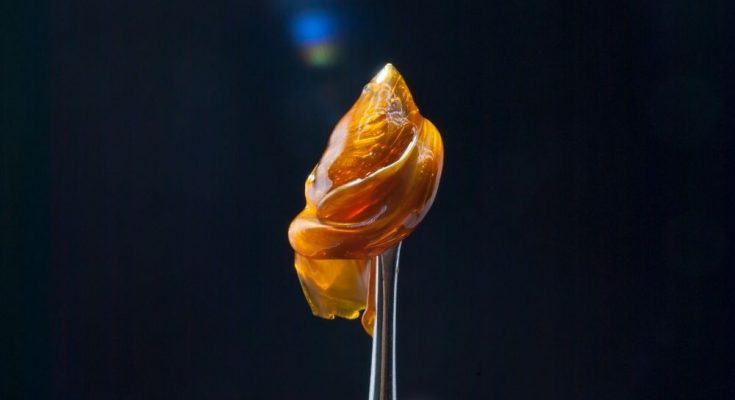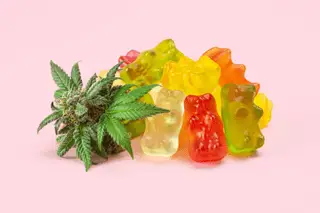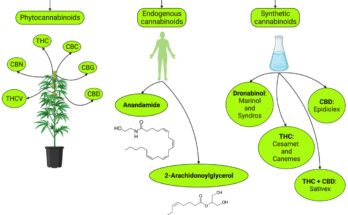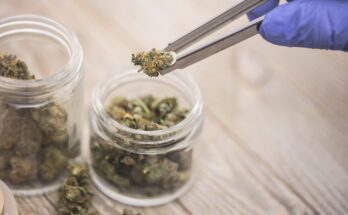Nowadays, there are many cannabis products for consumers, including CBD oils, concentrates, extracts, wax, and more. With so much variety on the market, it’s important to know the difference between cannabis extracts and concentrates before buying. Keep reading to discover what separates these two cannabis products!
What Is a Cannabis Concentrate?
Even if you’ve never used cannabis or cannabinoid products, you’re probably familiar with the cannabis flower. Cannabis concentrates, oils, and extracts are artificial substances derived from the flower. Each one comes in different forms and has a variety of uses.
A concentrate is what it sounds like: a product that consists of the concentrated essential compounds of the cannabis flower. To create a concentrate, chemists dissolve cannabinoids in solvent liquids and then separate the essential cannabinoid compounds from the plant source to make concentrates.
Why do this? Because a cannabis concentrate is a purer form of cannabis product, with no remnants of the cannabis flower or plant material.
Benefits of Using Cannabis Concentrates
There are many benefits to using cannabis concentrates. A concentrate is a distilled, richer form of the product, and chemists can design the CBD and THC levels to make more or less potent cannabis products as desired.
Concentrates can come in different colors, textures, and flavors to give creators even more control. Plus, users know what’s in the product and can adjust their usage accordingly. However, the primary benefit is that because concentrates are more potent than the flower, users can use less to achieve the same desired effects.
Various types of concentrates are available to users for cooking or smoke-free THC products like gummies. Other examples of cannabis concentrates include:
- Wax
- Shatter
- Rosin
- Oil
- Hash
What Is a Cannabis Extract?
A cannabis extract is a type of concentrate, also known as distillates. Extracts, like concentrates, use solvents to extract the trichomes of the cannabis flower. The significant difference is another added step to achieve a greater separation of targeted compounds like THC and CBD.
After the concentrate process, the extract is boiled at differing temperatures to vaporize certain compounds, in this case, THC or CBD compounds. After vaporization, a condensing oil is added to re-condense the compounds into a liquid form and separate them from the rest of the original concentrate.
At the end of the process, you get an extract of a distilled viscous liquid with up to 95 percent potency.
Benefits of Using Cannabis Extracts
Extracts carry many of the same benefits as concentrates but take the process a step further for a purer, more distilled, and more potent product. Like concentrates, this potency allows users and chemists to use less of it to achieve the same effect.
The extra step in the process and increased potency also mean that cannabis extracts are typically more expensive. They lack odor and taste, so they’re usually utilized in edibles or infused with food. Other examples of extracts include:
- Oils
- Tinctures
- Vaporizers
- Topicals
The difference between cannabis extracts and concentrates is subtle, but they’re different nonetheless. Now, when you’re in a medicinal or recreational cannabis dispensary, you should be able to correctly tell the difference between concentrates and extracts. This knowledge will help you make an informed decision about which product is right for you.
Additional Resources:
Kratom
CBD Salve
CBD Massage Oil



